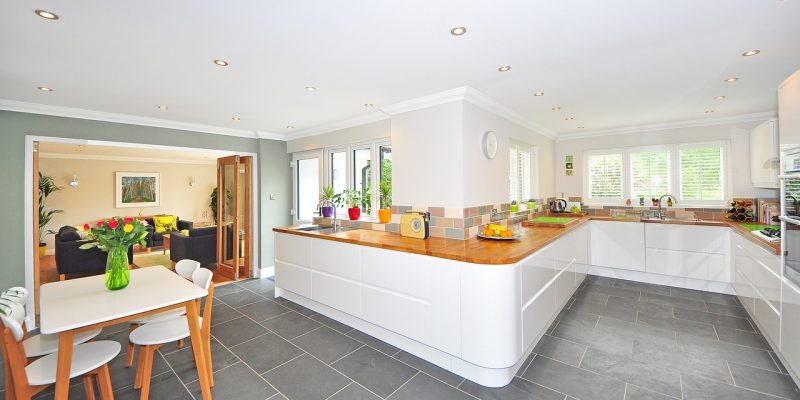Integrating Sustainable Practices In Cabinet Making
Integrating Sustainable Practices In Cabinet Making
Blog Article
Web Content Author-Avery Tan
When it concerns cabinet production, taking into consideration sustainable techniques is not simply a fad yet a critical facet that can shape the future of your craft. By checking out the realm of environment-friendly materials and waste reduction strategies, you open doors to a world where development satisfies obligation. The influence of these choices exceeds your workshop; it reverberates with clients who seek not only top quality yet also a devotion to protecting our environment. So, just how can you mix workmanship with sustainability to produce a long lasting tradition in the market?
Relevance of Lasting Practices
In lasting closet making, focusing on eco-friendly products and production approaches not just benefits the setting but additionally ensures lasting practicality for your company. By picking lasting techniques, you display your dedication to decreasing environmental influence and satisfying the expanding demand for eco-conscious items. Customers are increasingly attracted to services that focus on sustainability, giving you an one-upmanship on the market.
Executing sustainable practices can also lead to cost financial savings in the long run. While there might be initial investments associated with transitioning to eco-friendly products and manufacturing techniques, the efficiency gains and positive reputation you build can lead to financial advantages over time. Furthermore, lasting methods aid in decreasing waste generation and energy consumption, which can even more add to decreasing operational costs.
Eco-Friendly Materials Option
Picking environment-friendly products is necessary in lasting closet making to decrease environmental impact and fulfill the boosting demand for environmentally mindful products. When choosing materials for your cupboards, go with lasting options like bamboo, redeemed timber, or recycled materials.
Bamboo is a fast-growing and renewable resource that's tough and resilient, making it a superb option for cabinet construction. Reclaimed wood gives an one-of-a-kind, rustic look to cabinets while reducing the need for lowering brand-new trees. Utilizing https://www.realhomes.com/advice/20-tips-for-bathroom-renovation-success-2 , such as composite timber made from recycled timber fibers and material, aids divert waste from land fills and minimizes the overall ecological footprint of your job.
Furthermore, take into consideration using low-VOC (unstable natural compounds) finishes and adhesives to further boost the eco-friendliness of your cabinets. These products release fewer dangerous chemicals right into the air, promoting far better indoor air top quality and minimizing wellness dangers for both you and your clients.
Waste Reduction Techniques
To lessen waste in cupboard making, think about applying efficient reusing techniques throughout your production process. Begin by segregating different kinds of waste such as wood scraps, cardboard packaging, and metal elements. Set up designated reusing bins for every material to guarantee simple separation. Urge your team to accept a society of waste reduction by educating them on the importance of reusing and the impact it has on the setting.
One more reliable waste decrease technique is to maximize product usage. Strategy your cuts thoroughly to optimize the yield from each sheet of timber, minimizing the quantity of offcuts produced. Consider using computer-aided design (CAD) software application to develop specific cutting designs that lessen waste.
Additionally, explore opportunities to repurpose or give away remaining materials as opposed to discarding them. Custom Cabinet Kits with regional woodworking colleges or community centers that might benefit from receiving your surplus products. By implementing these waste decrease techniques, you can minimize your ecological influence and add to a much more sustainable cabinet making industry.
Conclusion
Integrating lasting techniques in closet production is crucial for reducing environmental influence and making certain long-term success.
By choosing environmentally friendly products and carrying out waste reduction methods, cupboard makers can display their dedication to sustainability while likewise benefitting their bottom line.
Accepting these practices not just assists secure the earth but likewise gives companies an one-upmanship on the market.
Make the clever choice for the setting and your company by prioritizing sustainability in closet making.
